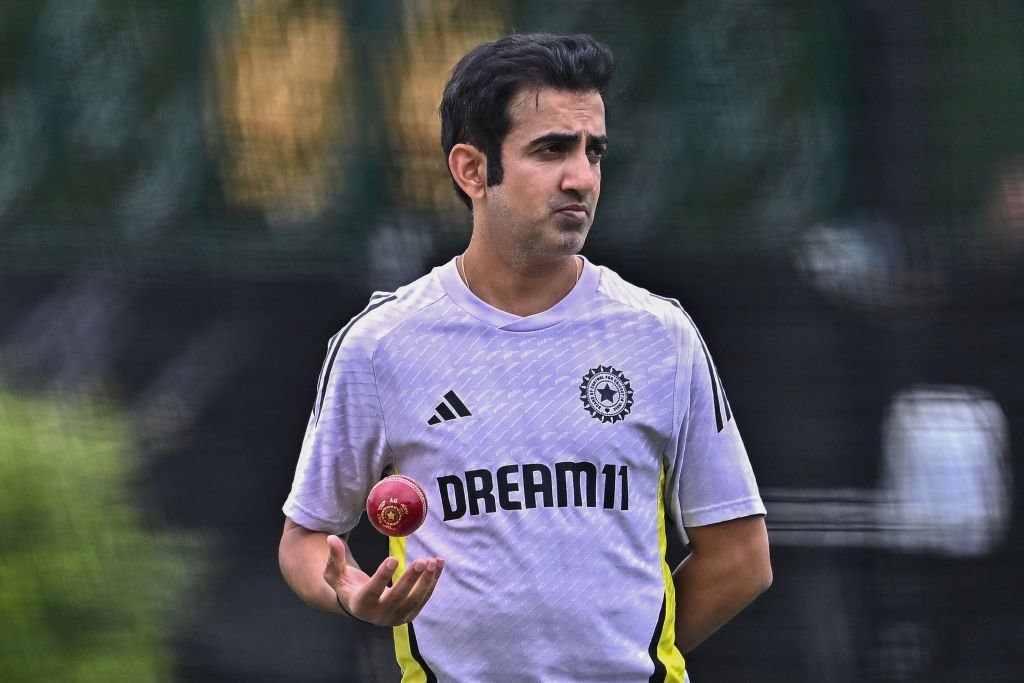
Recent reports have highlighted a significant disagreement between India’s head coach, Gautam Gambhir, and the selection committee led by Ajit Agarkar regarding the succession plan for the Test captaincy. This divergence centers on the choice of Rohit Sharma’s successor and the strategic direction for India’s leadership in the longer format.
Diverging Perspectives on Leadership Succession
Gautam Gambhir has expressed a preference for young opener Yashasvi Jaiswal to assume the role of Test captain following Rohit Sharma’s tenure. Gambhir’s support for Jaiswal underscores his belief in nurturing emerging talent to lead the team into the future.
Conversely, Ajit Agarkar, the head of the selection committee, favors wicketkeeper-batter Rishabh Pant for the vice-captaincy position. Pant’s prior experience leading the Delhi Capitals in the Indian Premier League and his brief tenure as captain during a T20I series against South Africa in 2022 bolster Agarkar’s stance.
Implications for Team India’s Leadership
The differing viewpoints between Gambhir and Agarkar reflect a broader debate within Indian cricket about balancing experience with youth in leadership roles. While Gambhir advocates for a long-term vision by promoting young talent like Jaiswal, Agarkar emphasizes the importance of immediate leadership experience, as demonstrated by Pant’s previous captaincy roles.
This disagreement has sparked discussions about the criteria for selecting future leaders, considering factors such as leadership qualities, on-field performance, and the ability to inspire and manage a diverse team.
Official Response to the Disagreement
In response to the reports of internal disagreements, BCCI Vice-President Rajeev Shukla has dismissed the notion of a rift between Gambhir and Agarkar. Shukla stated that there is no discord among the coaching staff and selectors, suggesting that the discussions are part of the normal decision-making process within the team management.
Conclusion
The debate over India’s Test captaincy succession plan highlights the complexities involved in leadership selection within a high-performance sports environment. As the team prepares for future challenges, the resolution of this disagreement will play a pivotal role in shaping the leadership structure and, consequently, the performance trajectory of Indian cricket.

